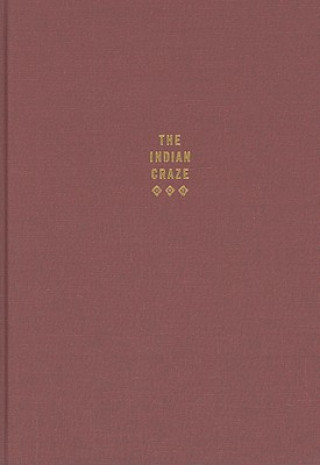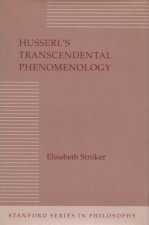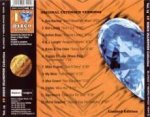
Doručení
Nákupní rádce





Nehodí se? Vůbec nevadí! U nás můžete do 30 dní vrátit
 Dárkový poukaz
V libovolné hodnotě
Dárkový poukaz
V libovolné hodnotě
S dárkovým poukazem nešlápnete vedle. Obdarovaný si za dárkový poukaz může vybrat cokoliv z naší nabídky.
Indian Craze
 Angličtina
Angličtina
 293 b
293 b
30 dní na vrácení zboží
Mohlo by vás také zajímat


In the early twentieth century, Native American baskets, blankets, and bowls could be purchased from department stores, 'Indian stores', dealers, reform organizations, and government Indian schools. Men and women across the United States indulged in a widespread passion for collecting Native American art and displaying it in domestic nooks called 'Indian corners'. Elizabeth Hutchinson identifies collecting as part of a larger 'Indian craze', linking it to other activities such as the inclusion of Native American artefacts in art exhibitions sponsored by museums, arts and crafts societies, and World's Fairs and the use of indigenous handicrafts as models for non-Native artists exploring formal abstraction and emerging notions of artistic subjectivity. She argues that the Indian craze convinced policymakers that art was an aspect of 'traditional' Native culture worth preserving, an attitude that continues to influence popular attitudes and federal legislation. Illustrating her argument with images culled from turn-of-the-century publications, Hutchinson revises the standard history of the mainstream interest in Native American material culture as 'art'. While many see this as a development that took place in the Southwest after the First World War, Hutchinson reveals that this cross-cultural conversation occurred earlier and spread across the nation from west to east and from reservation to metropolis. She demonstrates that artists, teachers, and critics associated with the development of American modernism, including Arthur Wesley Dow and Gertrude Kasebier, were inspired by Native art. Native artists were also able to achieve some recognition as modern artists, as Hutchinson shows through her discussion of the Winnebago painter and educator Angel DeCora. By taking a trans-cultural approach, Hutchinson transforms our understanding of the place of Native Americans in modernist culture.
Informace o knize
 Angličtina
Angličtina
Kategorie




 Jak nakupovat
Jak nakupovat






















